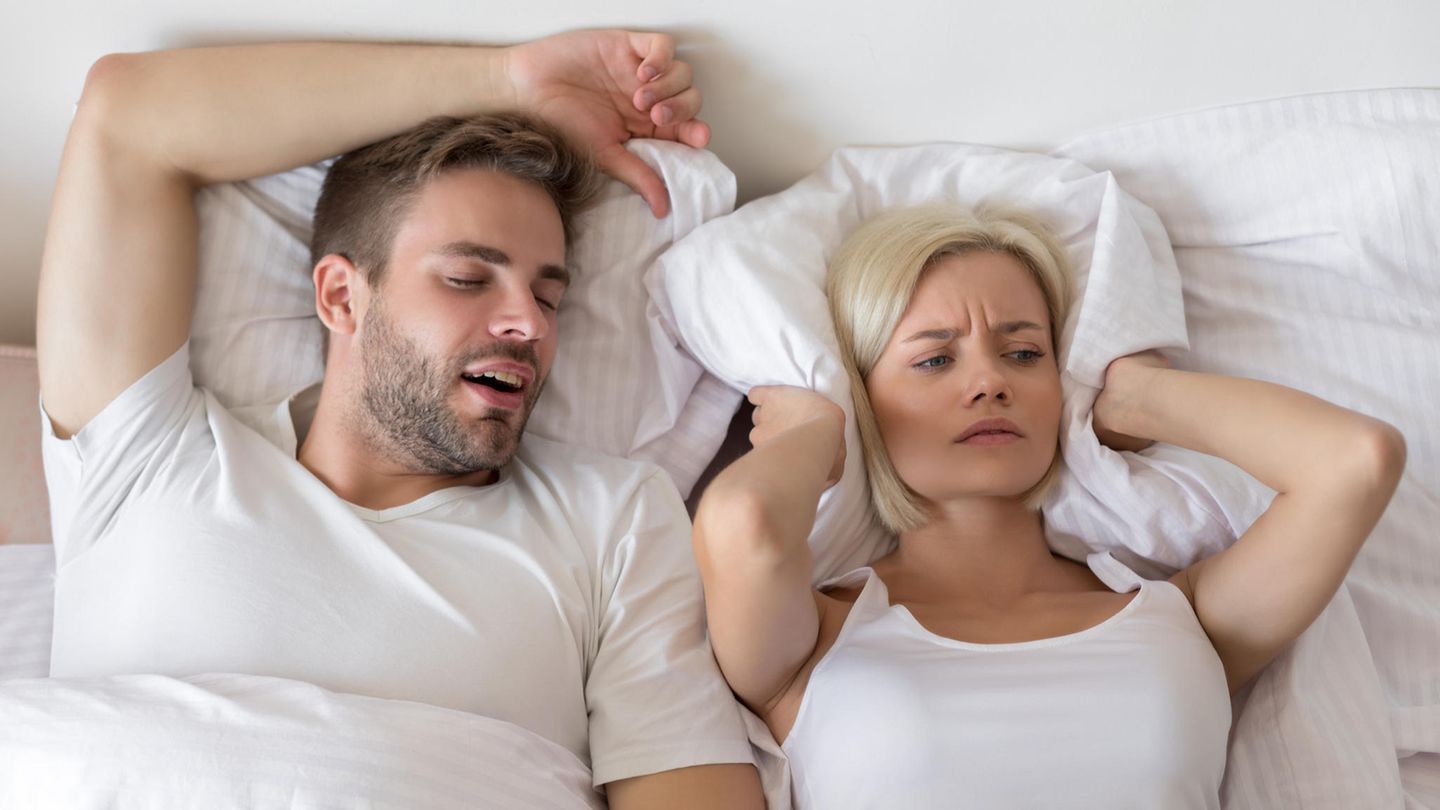I’m Caroline, a journalist and author for 24 Hours Worlds. I specialize in health-related news and stories, bringing real-world impact to readers across the globe. With my experience in journalism and writing in both print and online formats, I strive to provide reliable information that resonates with audiences from all walks of life.
Menu
Anti Schnarch pillow: 3 models for relaxed nights
Categories
Most Read
Sweden on prescription? Country launches strange tourism campaign
October 8, 2025
No Comments
Horses: the largest, smallest, most expensive – seven curious facts
October 8, 2025
No Comments
Buy popular Philips toothbrush at Prime Day at half price
October 8, 2025
No Comments
Protect assets: How to protect Grandma’s house and good
October 7, 2025
No Comments
Guard when falling asleep – quite normal or questionable?
October 6, 2025
No Comments
Latest Posts

Rare joint appearance: Royal father-son meeting for the climate
October 10, 2025
No Comments
Lisa HarrisI am an author and journalist who has worked in the entertainment industry for over a decade. I currently work as a news editor

Ines Kahrer defied all odds at the European Bench Press Championships
October 10, 2025
No Comments
Ines Kahrer lifted 157 kilograms at the European Championships in Malta – a personal and Austrian best. Ines Kahrer was very happy: “I won silver

No Angels release new song “I still believe”
October 10, 2025
No Comments
Cult group The No Angels release a new song Listen to article Copy the current link Add to watchlist The No Angels are back with
24 Hours Worlds is a comprehensive source of instant world current affairs, offering up-to-the-minute coverage of breaking news and events from around the globe. With a team of experienced journalists and experts on hand 24/7.

